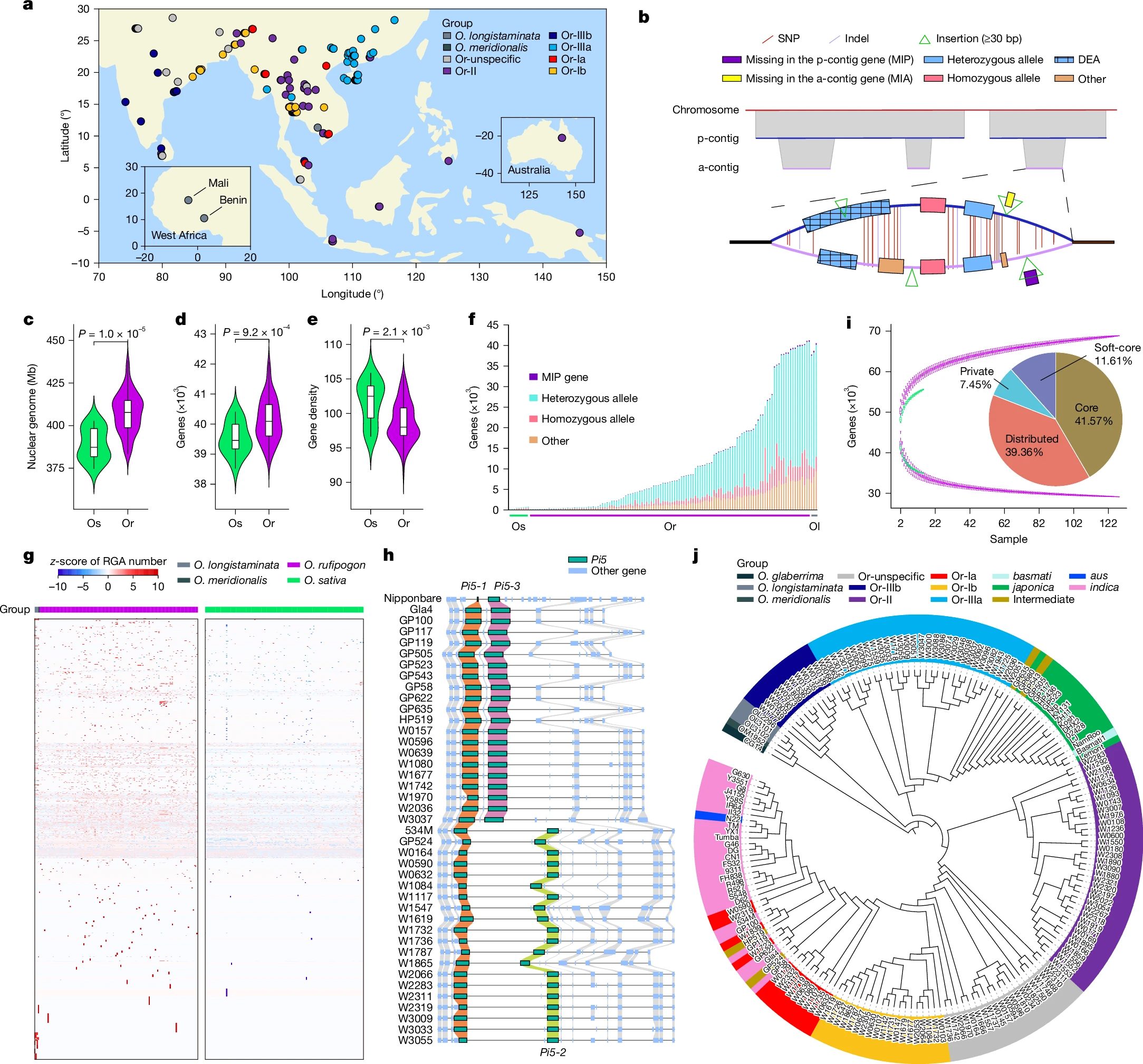stfoskey12
Emperor of Foskania
How biased I am towards different countries
Why are you so heavily pro-Russia?
How biased I am towards different countries
Or, can just be like my city and not have any municipal government or boundaries at all.
What, electorates?


I think Oklahoma makes annexation fairly easy. Oklahoma City and Norman both annexed a ton of rural land around the 1960s-70s to prevent losing a tax base to suburbanization/white flight. OKC has a few older suburbs like Nichols Hills and The Village that are completely surrounded by the city.

